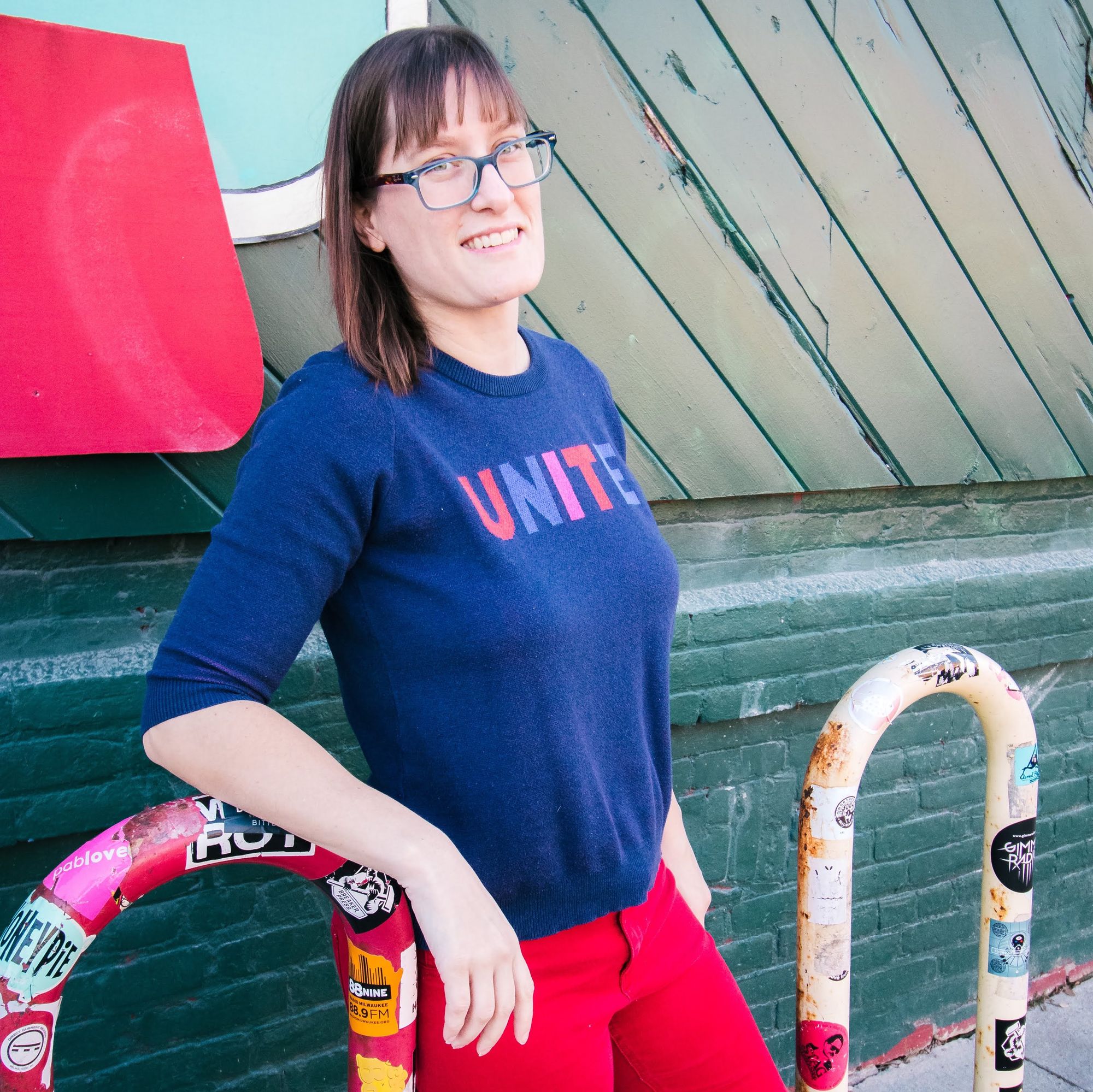For any special occasion, one of the first things many people do is head to the store to buy a card. No matter what the event is — a birthday, an anniversary, a graduation, a new baby, an apology, or just to say hello — you’ll almost certainly find a card for it. And for that, we can thank Hallmark, the company that gave us greeting cards for just about everything and everyone. (The company now has more than 1,500 varieties of Valentine’s Day cards alone.) Yet interestingly, Hallmark never actually set out to sell greeting cards at all.
Joyce Clyde “J.C.” Hall founded what would become the Hallmark company in 1910, when he was just 16 years old. He dropped out of high school in Nebraska and shipped out to Kansas City, Missouri, two years later, intending to sell postcards wholesale. He arrived in Kansas City with two shoeboxes full of postcards; his older brother Rollie joined him the following year. J.C. hawked those postcards nonstop until the brothers had enough money to open a storefront downtown.
All went well for the Hall brothers those first few years. But tragedy struck in 1915, when a devastating fire destroyed the shop and the entire inventory of products, including in-progress orders. J.C. and his brother ended up $17,000 in debt. Through the wreckage, though, they came up with a new idea. Postcard popularity had begun to wane, so they decided to focus on designing and manufacturing their own products that they would put in envelopes. One loan and a new printing press later, the Hallmark company — then known as Hall Brothers — was officially in business. The first items they manufactured were 20 engraved Christmas cards.
Business really began to flourish during World War I. Soldiers and their families saw the Hall Brothers cards as a way to keep in touch and express their thoughts in a quick and affectionate way. Leisure time to write extended letters to family members was rapidly decreasing for nearly everyone, so a short written note with a pithy pre-printed sentiment became the easiest way to share your love. The third Hall brother, William, arrived in 1921 to work at the company as well. In 1928, Hall Brothers officially changed its name to Hallmark; J.C. liked goldsmithing hallmarks and wanted to bring that indicator of authority and quality to the cards they were producing. The business continued to grow even through the Great Depression and World War II.
Hallmark grew in popularity in part because of aggressive advertising (they were the first greeting card company to advertise nationally), in part because of display design (they worked with an architect to create the first open eye-level display fixtures), and in part because of collaborations with artists. By 1925, the company had more than a dozen on-staff artists creating cards for different occasions. Hallmark would go on to work with artistic masters such as Salvador Dalí and Norman Rockwell. The company’s first licensing deal in 1932 was with none other than Walt Disney, which allowed Hallmark to print Disney characters on its cards.
In the 1950s, Hallmark went on a retail blitz, opening thousands of shops to sell its greeting cards. It also entered a licensing partnership with cartoonist Charles M. Schulz, allowing the company to use Peanuts characters on its cards. Hallmark operated with basically no competition until the 1980s. Once other companies caught on to Hallmark’s success, they began manufacturing their own cards. Soon, Hallmark had to contend with Blue Mountain Arts, Papyrus, American Greetings, and others. It was essentially the era of the greeting card — one that began to decline when e-cards gained popularity.
Today, Hallmark has so many products and such an extensive history that the company has its own historian, Samantha Bradbeer. She manages the Hallmark Archives, which contain not only J.C.'s original postcards, but also a massive collection of greeting cards, including a sampling of materials from every holiday or occasion from every year since 1910.
The vast archives at Hallmark just go to show the value greeting cards have had through the years. A few carefully chosen and heartfelt words, written by hand in a clever card, will always work to deepen our personal connections — and since greeting cards are keepsakes, we’ll be able to keep those connections with us forever.
Photo credit: Timothy Dykes/Unsplash
















